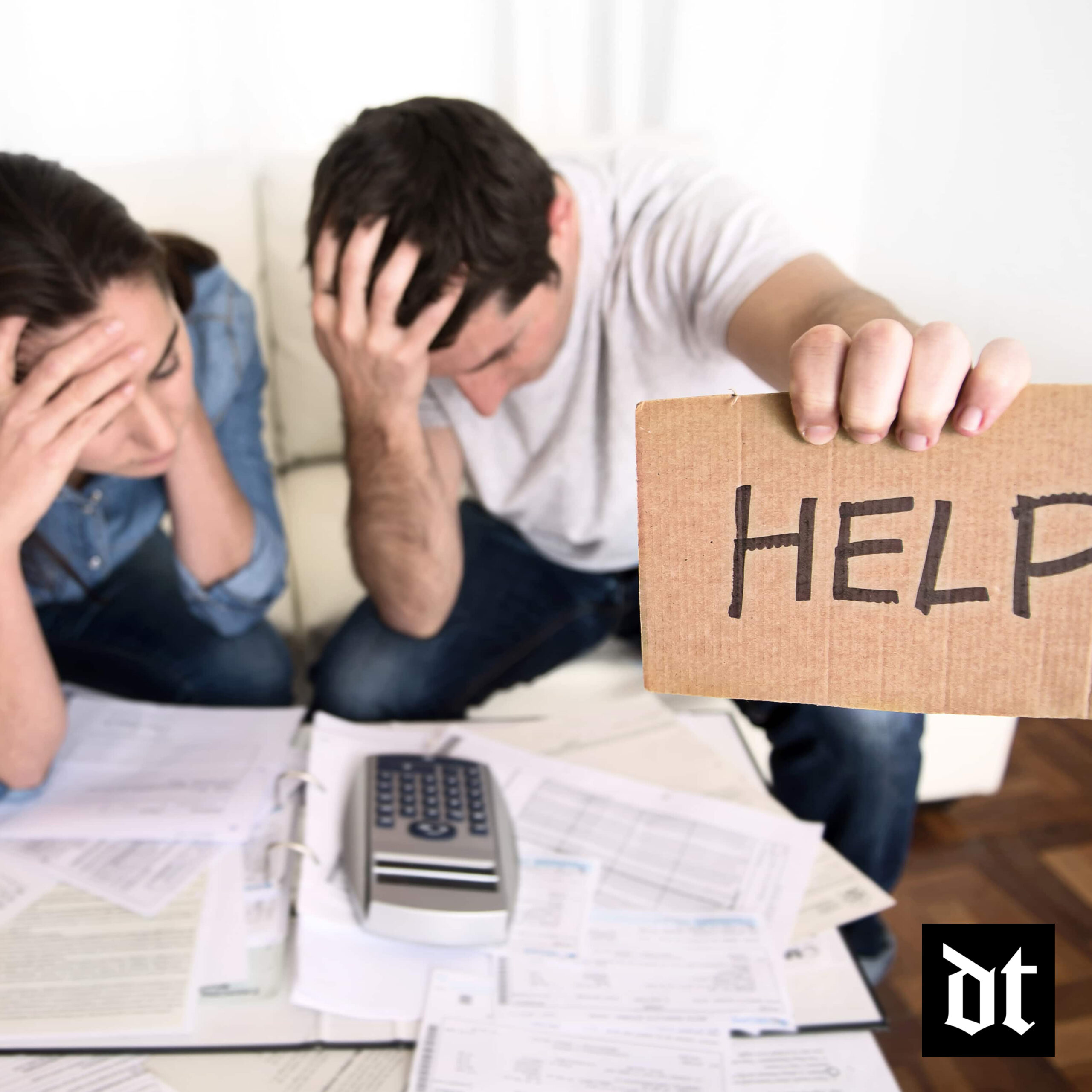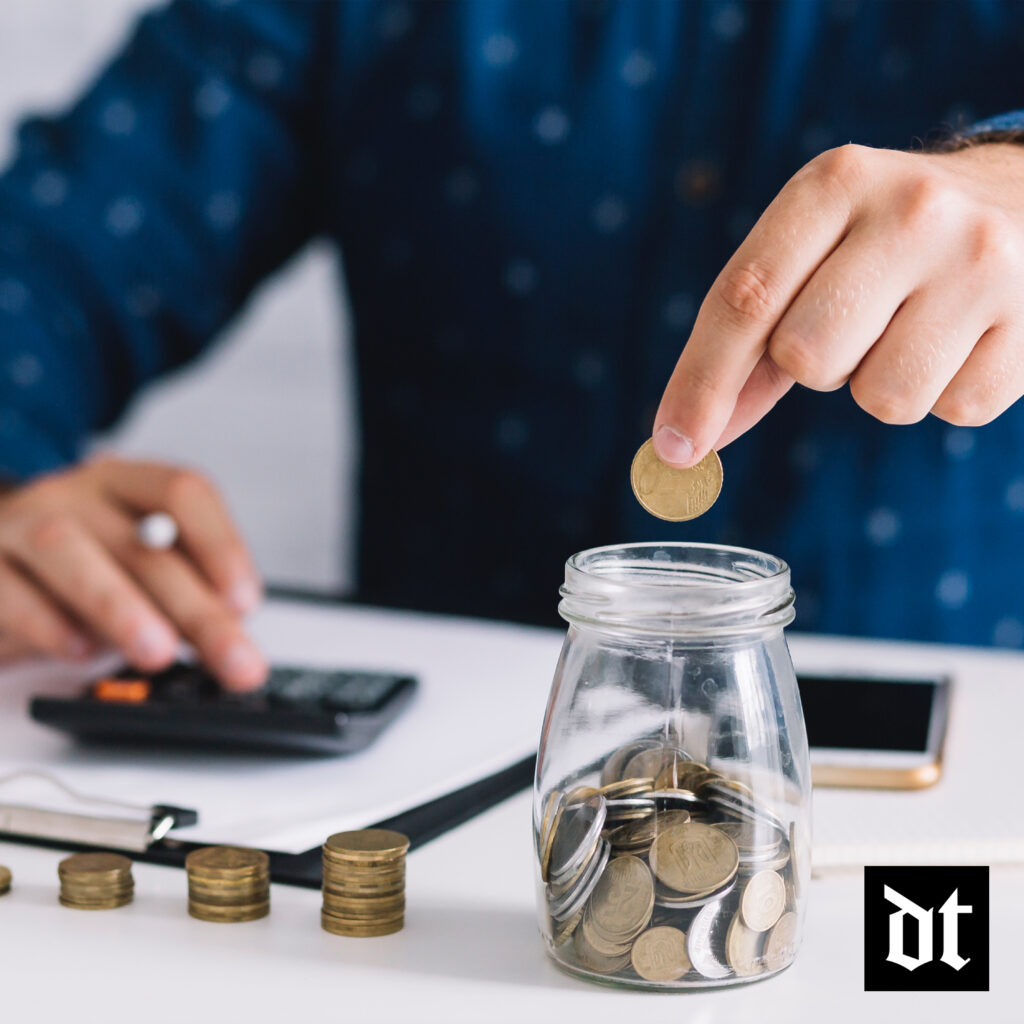
Whether we like it or not, debt has become part and parcel of our lives today. Housing, auto loans, grocery shopping and BNPL purchases, people can’t seem to shake debt off. And while not all debt is bad, there comes the point when debt becomes a major problem. If you find yourself in a cycle where you cannot manage or even live without it, debt becomes an issue. So when is this? The following are the telltale signs that you are stuck in a debt cycle.
1. Minimum Payments
It is the end of the month, and your expense and debt are due, so what do you do? Pay the minimum required payment. This is a red flag. While you are keeping up with the repayment, your implementation plan is only causing more harm than good. Any balance carried into the next month accumulated interest, and before you know it, you are in too deep and cannot swim up for relief. And that is how you get stuck in a debt cycle.
2. Debt To Income Ratio
Do your financial obligations overshadow your income? If so, your debt to ratio income is more than 1:1. Which means you will have to depend on debt to cater to your expenses that your income does not cover. This is bad news if the debt taken is not directed to a positive return. You will be stuck with interest accumulating debt you cannot keep up with.
3. Living Paycheck To Paycheck
If you are stuck in a debt hole, the first place you point the finger at is your debt problem; however, that is not always the case. A paycheck-to-paycheck lifestyle could signify that you are in a debt cycle. Look at it this way, your income has just cleared, and you have assigned it to your bills and expenses. With nothing left you, you may have to turn to your credit card for unexpected expenses in any emergency expenses. And if your income remains the same, you will likely be stuck in the same monthly cycle.
4. Lack Of Savings
The economic downturn we are facing as a globe has been wake up call for many especially those without savings. With no money set aside for such cases, people are turning to debt options. Without extra income, this leaves them stuck on a loop of debt which they have no idea how to break out of. The idea of saving is to have a back up incase of emergencies or capital for future investments that are likely to multiply your money.
5. Spending Impulsively
A study showed that people in bad financial situations tend to spend money on things they cannot afford. Buying things they cannot afford gives them the control they lack in their finances. The repercussions land them in more debt that they cannot manage.
6. Collectors Wont Stop Calling

If you have any delinquent, expect the collectors to come knocking sooner rather than later. When your delinquent debt goes beyond six months, most creditors will sell the debt to a third party who will follow up on payment. These debt collectors will send you letters, call you and even send you messages in an attempt to recover the debt. If calls from collectors do not stop, this is a clear sign you are deep in the debt hole.
7. Paying A Debt With Debt
Do you find yourself taking out new debt to pay an older debt? You may think this will give you control of the dent while buying time, but that is far from the case. This pattern is a sure way to stay in an endless debt cycle that only adds to the interest you already have.
5 Ways To Break Out The Cycle of Debt
Do you feel stuck in an endless cycle of debt with no way out? Fret not because you can still find a way out. You can incorporate the following strategies into your financial routine to break out debt.
1. Build A Contingency Fund
We have very little control over financial emergencies; however, we can still prepare for them. Setting aside an emergency fund will ensure a financial cushion when needed. An emergency fund will keep your budget in check and will not disrupt your financial plan.
2. Budget, Budget And Budget

The best way to avoid spending money you do not have is by creating a budget and sticking to it. With a budget like YNAB, you can hold yourself accountable for your spending. Outline your income and expenses and assign the money accordingly; if there is money left from budgeting, you can plan how to spend it.
3. Increase Your Credit Card Payment
If everyone had their way, they would repay all their debts in full. Unfortunately, that is not always possible; thus, people opt for monthly repayment. If you can afford to, paying the highest monthly requirement is the next best thing to pay off debt. However, if you cannot, get on a call with the creditor to discuss repayment options that are manageable and progressive towards reducing your debt. In most cases, this requires one to increase their payment, especially if they are paying the minimum requirement.
4. Diversify Your Income
The only way to eclipse your debt is to increase your income. If you have one income stream, find a way to make it two or three. How? Find ways to use your knowledge and skills to add the money you are bringing in. Take a second job, or work part-time; use the extra money to cater to expenses not covered by your first income.
5. Adopt A Saving Strategy

If you are not saving your money it means you are spending too much of it. Get yourself on a savings plan that encourages you to save. The 50:30:20 rule is an effective technique that breaks down your income to cater for expenses, bills and savings respectively. Employ this strategy for any money that hits your account and you will have no trouble saving. You can have it automated by your bank so that the savings are directed to the savings account.
Wrapping Up
There is no denying that debt can turn ugly if not carefully managed. Too much is disruptive not only for your finances but also for your personal life. Above are some signs you can use to assess your financial situation. Are you stuck in a debt cycle? These are the signs you should watch out for, and if you are, implement the tips above to break out of the vicious cycle.
